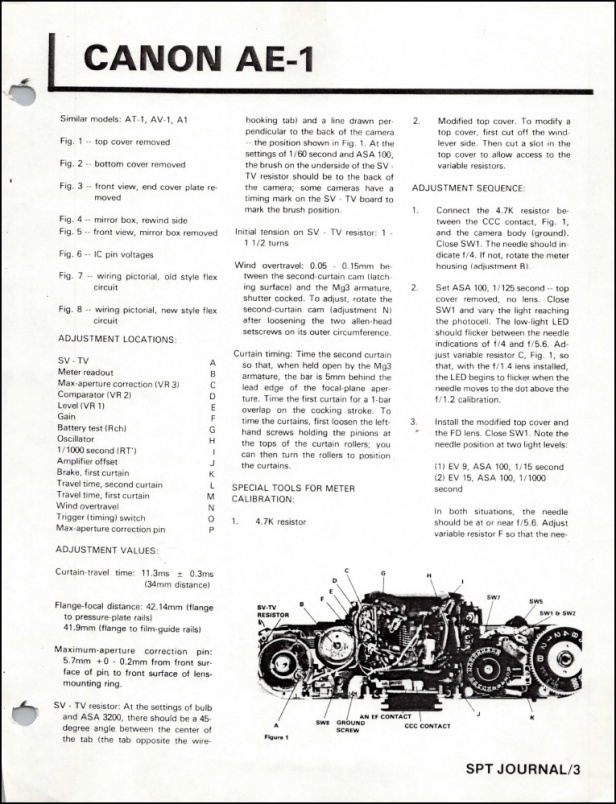
There are many good systems but I believe 139Q, and CONTAX SLRs, are some of the most underrated film SLR. Luckily for you, I just happened to have one in my hands: the CONTAX 139 Quartz. With so many photographers coming to film, the demand for the AE-1 has never been so high so I’ve been thinking about other cameras still under the radar that would perform better within the same price range. Not ideal as first film camera if you ask me. You may be lucky and find a good copy at a reasonable price but they may have some quirks that would require a minimum of maintenance in order to work properly. Sure there are plenty cheaper but don’t forget we’re talking about a +30 years old mid-range camera that most often have never been serviced. Today you’ll have to spend between 200$ and 300$ to find a copy in mint condition with the popular Canon FD 50mm f/1.8 standard kit lens. While there are still plenty available on the market, the AE-1 is no longer the student budget film camera it was a few years ago and prices have skyrocketed over the past decade. From the attic, most of them have been passed in the hands of the new generations, or sold on flea markets for close to nothing to new film photographers. Ricoh is an option as well.Once the AE-1 Olympic golden age over, it became the “family camera” that would pop out once in while on special occasions, before eventually fading as a family souvenir in the attic. If you are content with aperture priority you may consider a Chinon CE-4 or a Cosina CT-3 which are contemporary to the AE-1 and as easy to use. They have a green A on the aperture ring. Otherwise it's a step up from the AE-1 program with TTL-Flash and some more features.įor program or shutter priority you need "A" type lenses.

The Super program/Super A (1983-87) addionaly gives you aperture priority. Do not confuse them with the P30 (without n or t) or the P50. You can get them quite cheap and most of the time with working seals. The P30n (1988-1990) and P30t (1990-97) are the latest models (of the MF) with aperture priority and program mode (and manual), but feel a bit plastic and only have auto-iso, which is their real drawback. The Program Plus/Program A (1984-88) ist the equivalent of the ME-Super to the AE-1 program - aperture priority and program mode. Although the buttons for setting the time are seldom needed, they are no match to the wheel of the AE-1.
#CANON AE 1 VIEWFINDER MANUAL#
The ME - Super (1980 - 87) is contemporary and easy to use but has aperture priority (and manual mode). Ricoh offered the XR-2/XR-2s as direct competition in 1979.Īs has been said, if you are looking for shutter priority, you will have difficulties finding an appropriate Pentax. Minolta offered the XG-7 in 1977 followed by a more robust competitor, the XG-9, in 1979. Nikon responded with the FE in 1978 and more directly with the EM in 1979. Note: While it might seem strange that the ME Super came a few years after, it helps to realize that the industry as a whole were caught by surprise by the AE-1's 1976 debut and what it offered to a non-sophisticated user at a moderate price point. The ME Super is fully compatible with all K-mount lenses having an aperture ring as well as most M42 lenses using stop-down metering.

#CANON AE 1 VIEWFINDER FULL#
The ME Super differs from the AE-1 on several points, the most significant being size (smaller), metal build, full information viewfinder, open-aperture metered manual, and the use of aperture-priority exposure automation rather than shutter-priority. What’s the Pentax version of the Canon AE-1?That would be the ME Super, which debuted in 1980, a few years after the AE-1, but addressed the same market segment.


 0 kommentar(er)
0 kommentar(er)
